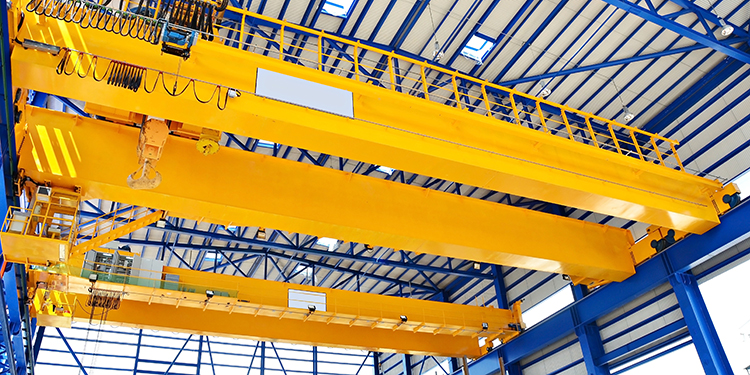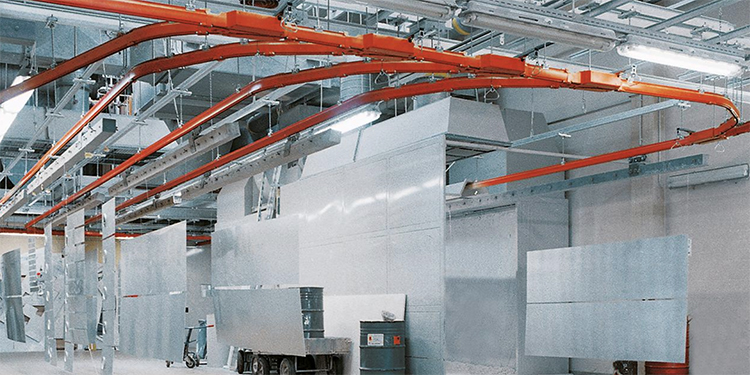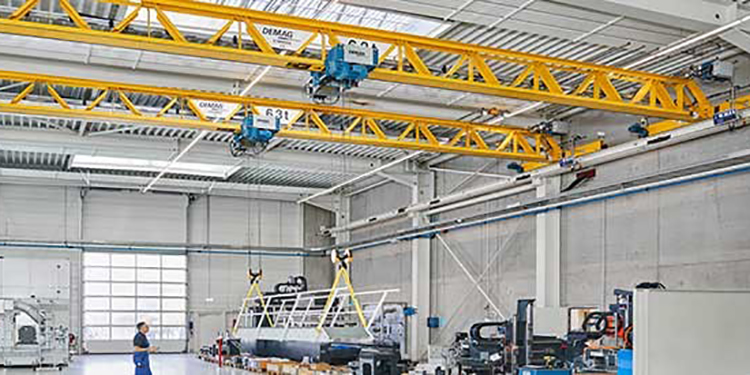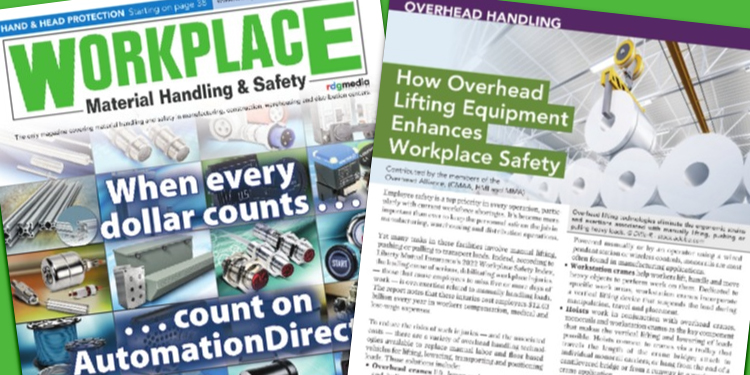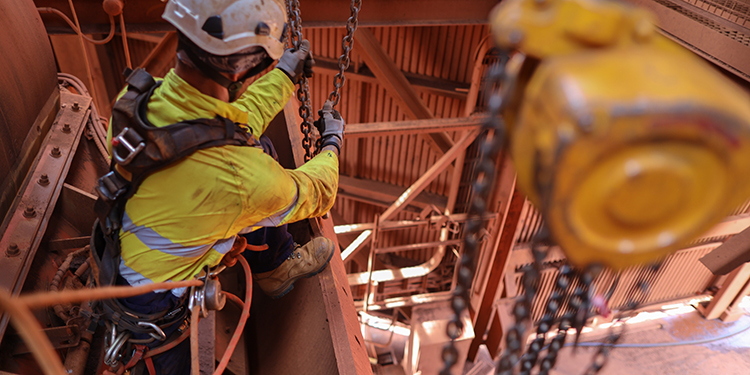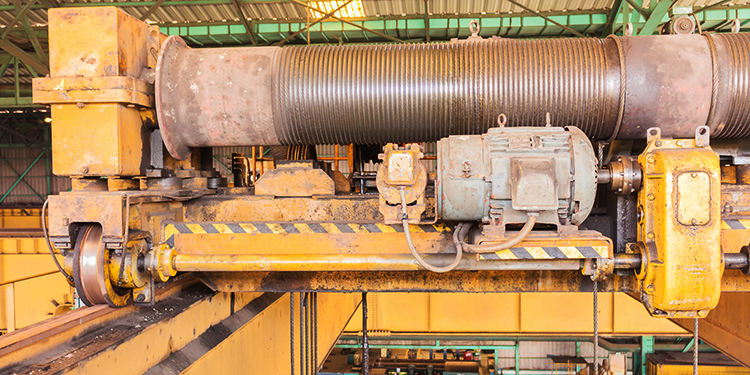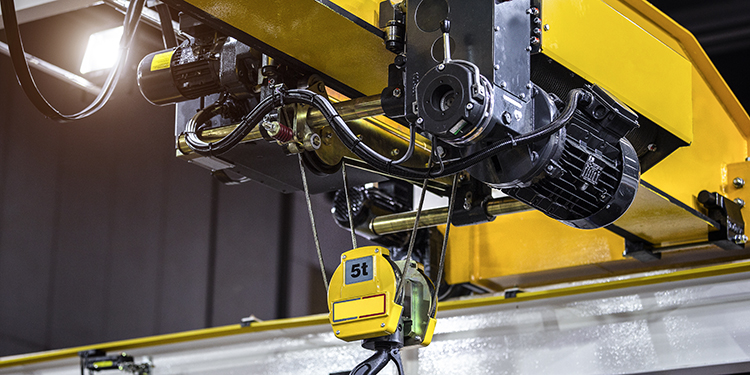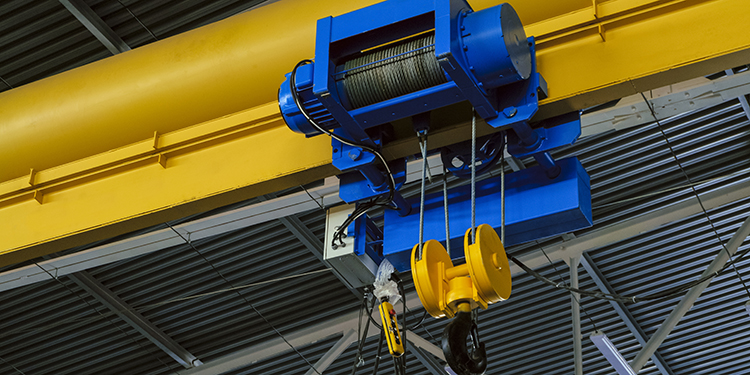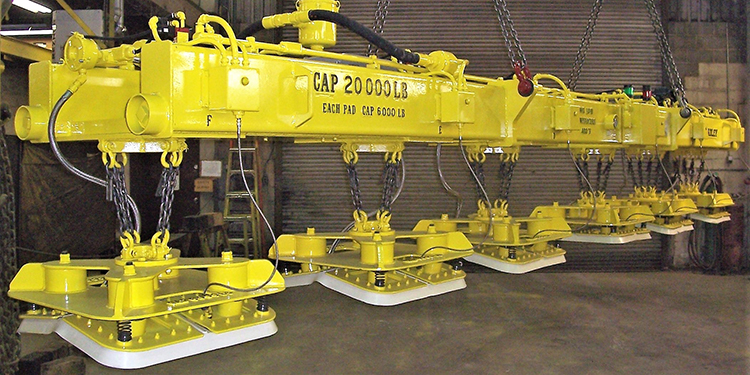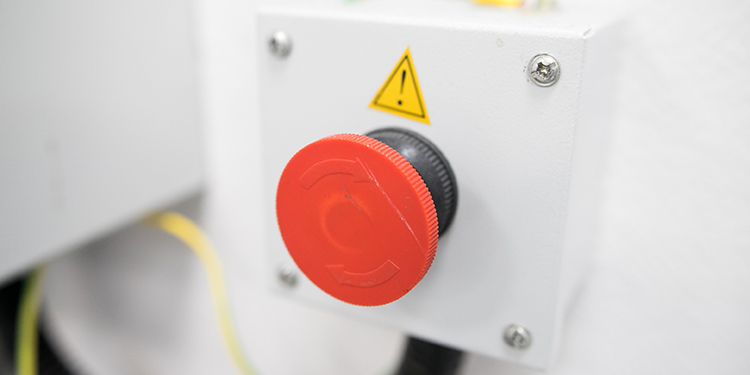Overhead Crane Safety Enhanced By Automated Tools
When automation first grew more widespread, the crane and overhead handling systems category was slow to adopt out of safety concerns. With time and more advances, however, that perspective has changed. Today, manufacturers are increasingly embracing automated tools for enhanced ...
How Digital Trends Will Push Overhead Lifting To Greater Heights
The original version of this article by MHI CEO John Paxton previously appeared on HoistMagazine.com With the advent of digital intelligence, overhead lifting components are smarter — and safer — than ever before. The digital trends impacting the design of ...
Don’t Ignore These Overhead Crane Safety Basics
Overhead crane equipment lifts, lowers, and transports large, heavy, and bulky loads overhead through a facility. As they transfer their payloads horizontally, they cranes also boost handling throughput and optimize facility space. Operations adding an overhead crane — or those ...
How Overhead Lifting Equipment Enhances Workplace Safety
This article previously appeared in the February 2023 issue of Workplace Material Handling & Safety magazine. Contributed by the members of the Overhead Alliance, which is comprised of the Crane Manufacturers Association of America (CMAA), the Hoist Manufacturers Institute (HMI), ...
Protect Workers Servicing Overhead Cranes From Falls
Inspecting and servicing overhead industrial cranes requires personnel to work at heights, increasing their risk of injury or death should they fall. Likewise, any tool they may accidentally drop becomes a potential hazard to employees working on the ground beneath ...
Keep Workers Safe From Moving Parts In Overhead Lifting Systems ...
Couplings that connect different parts of components and machinery and power-driven, rotating line shafts for power transmission can be hazardous to personnel working on or in proximity to overhead handling equipment if they make contact with these moving parts. That’s ...
Proper Sizing Of Bridge And Trolley Brakes Ensures Safe Load ...
Like the brakes on a car — which slow, stop, and hold the vehicle in place as its motor continues to run — so too must an overhead crane be equipped with bridge and trolley brakes for safe load handling. ...
Understanding Operational And Over Travel Upper Limit Switch Requirements For ...
As an important element of overhead handling safety, upper limit switches are electro-mechanical devices used throughout crane, hoist, and monorail installations. When applied to wire rope hoists, upper limit switches restrict their lifting motion at a certain point to prevent ...
Requirements For Safely Cutting Off Crane And Hoist Power In ...
For safety, it is important for personnel to be able to cut the power on overhead cranes and hoists during operation—independently of the operating controls—in the event of an emergency or during a maintenance session. For that reason, an emergency ...


